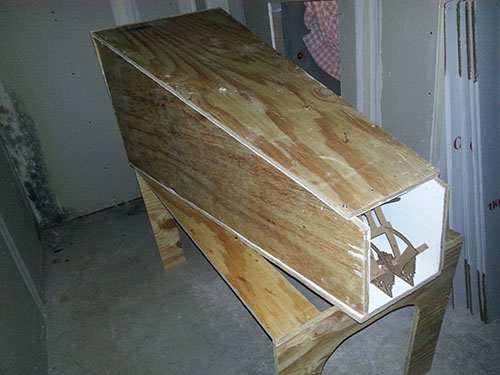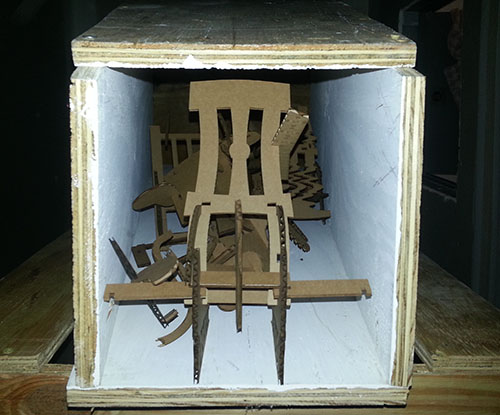







“Body Talk” describes an interaction between two dancers. I think that dance represents a form of expressing your thoughts and feelings similar to how a conversation would. I chose the marble floor because it reminded me of the floors in fancy palaces, where they would hold ballroom dances. The reflective surface creates a lightness for the chairs, much like it would for two dancers.






“Body Talk” describes communication between two people without words, and instead, with the human body. Dance is a form of highly expressive and emotional conversation. It is a type of communication that allows observers to understand the dancers’ conversation without hearing the thoughts of the performers. Their fluid movements embody their thoughts. The changes in distance between the partners, the pace of the dance, the length of the dance, the moves and exaggerations can all be interpreted as an abstract version of talking.
The research behind this project involved browsing through various pictures of contemporary chairs and contemporary dances. I wanted to first find a correlation between the two contemporary topics. One of the interesting modern designs that caught my attention was a chair made of pure perpendicular intersections on a spine.The shape of the chair is created through variations in each thin shape inserted into the spine. Inspired by that idea, I wanted to incorporate it into my design.
The female dancer is portrayed by the chair with a single simple curve, while the male is portrayed by the multiple curved line. For my design, I wanted the seat of the chair have an illusion of floating in midair, similar to the lightness of the dancers they represent.


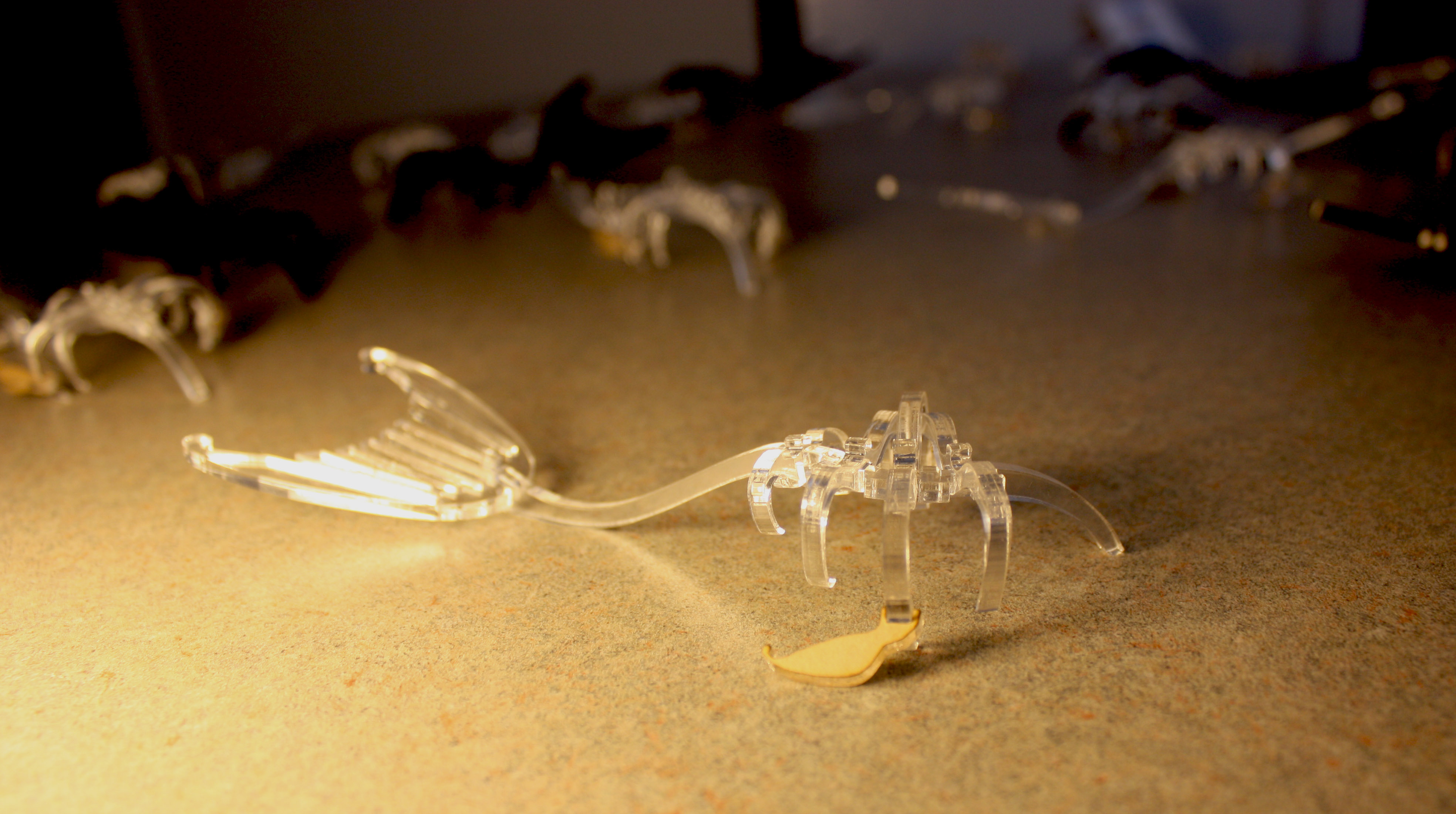

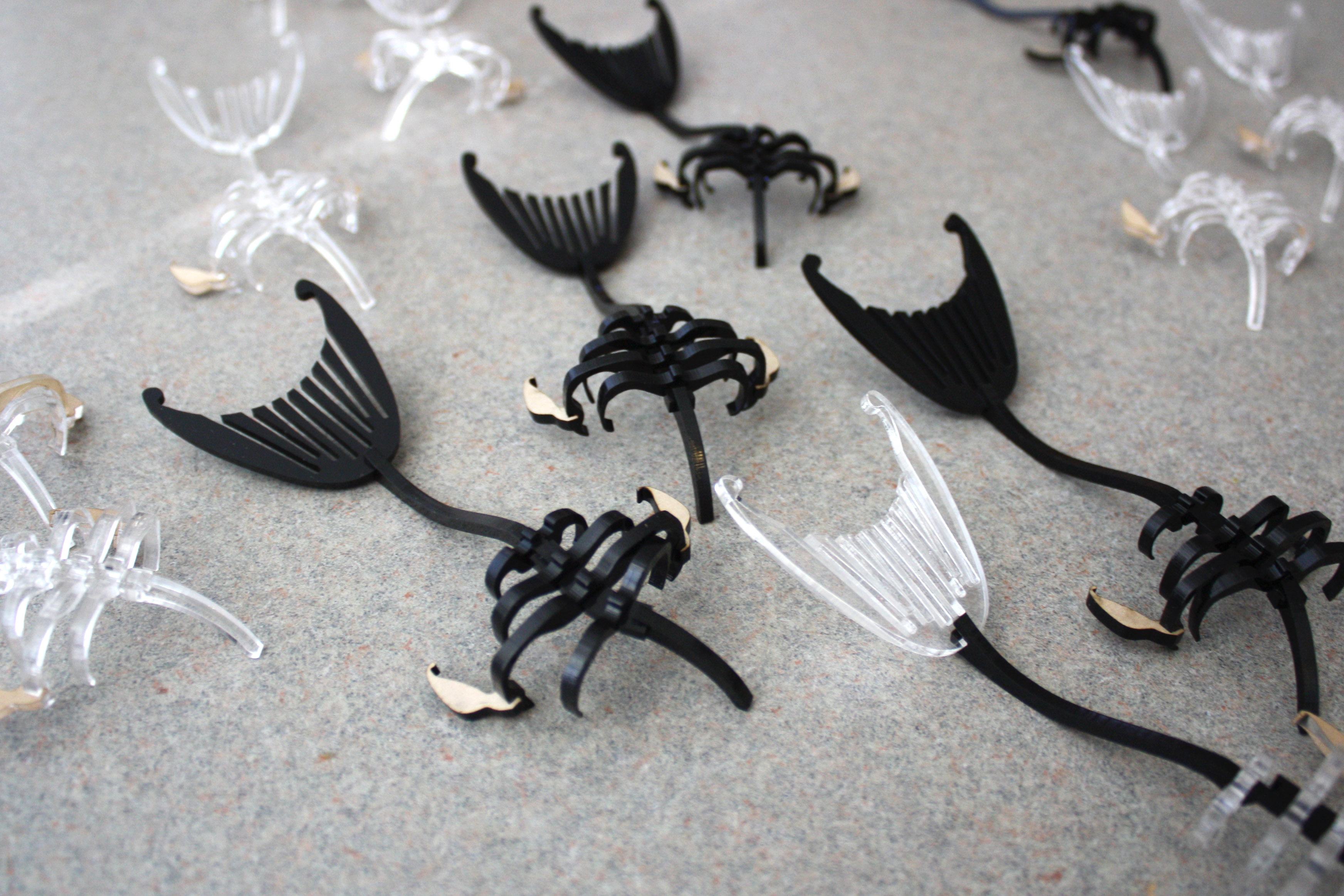
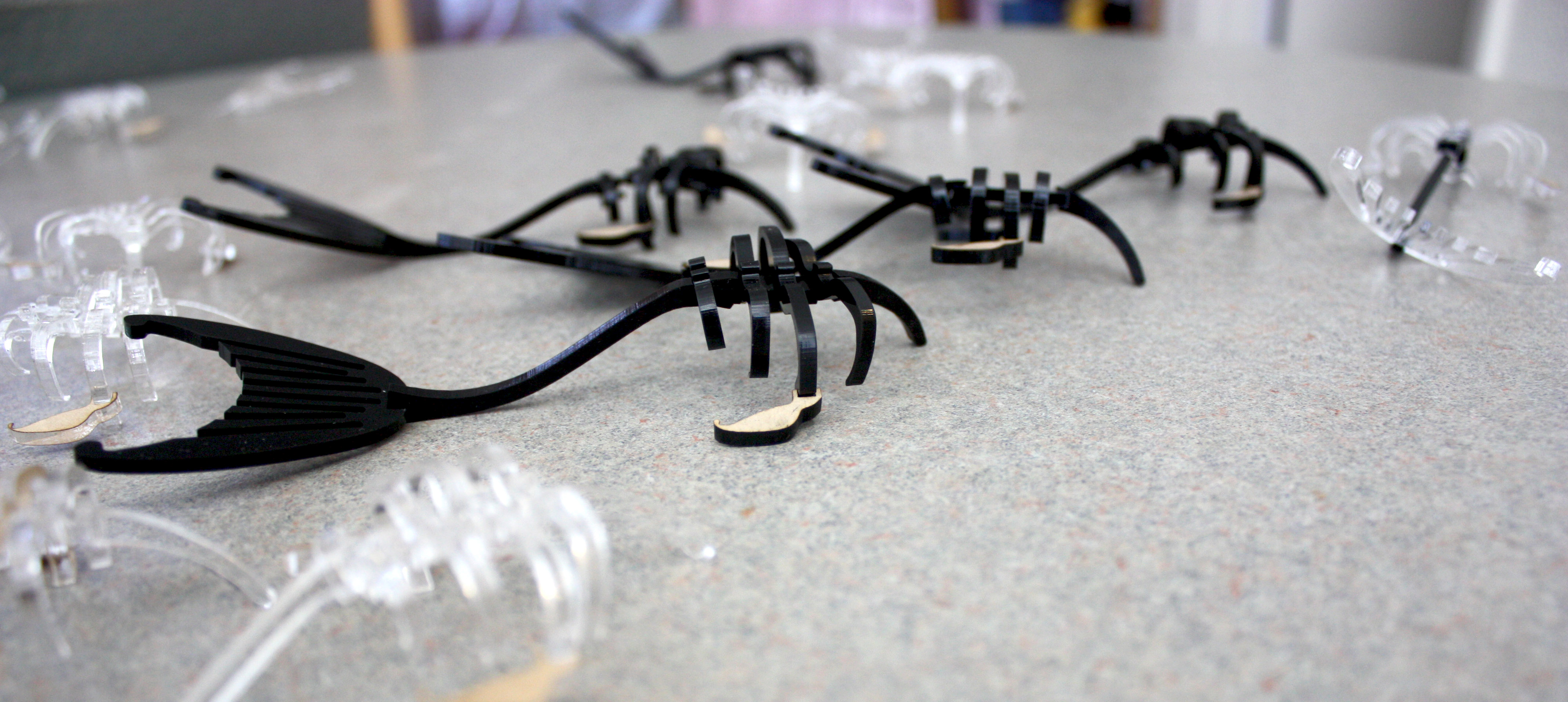
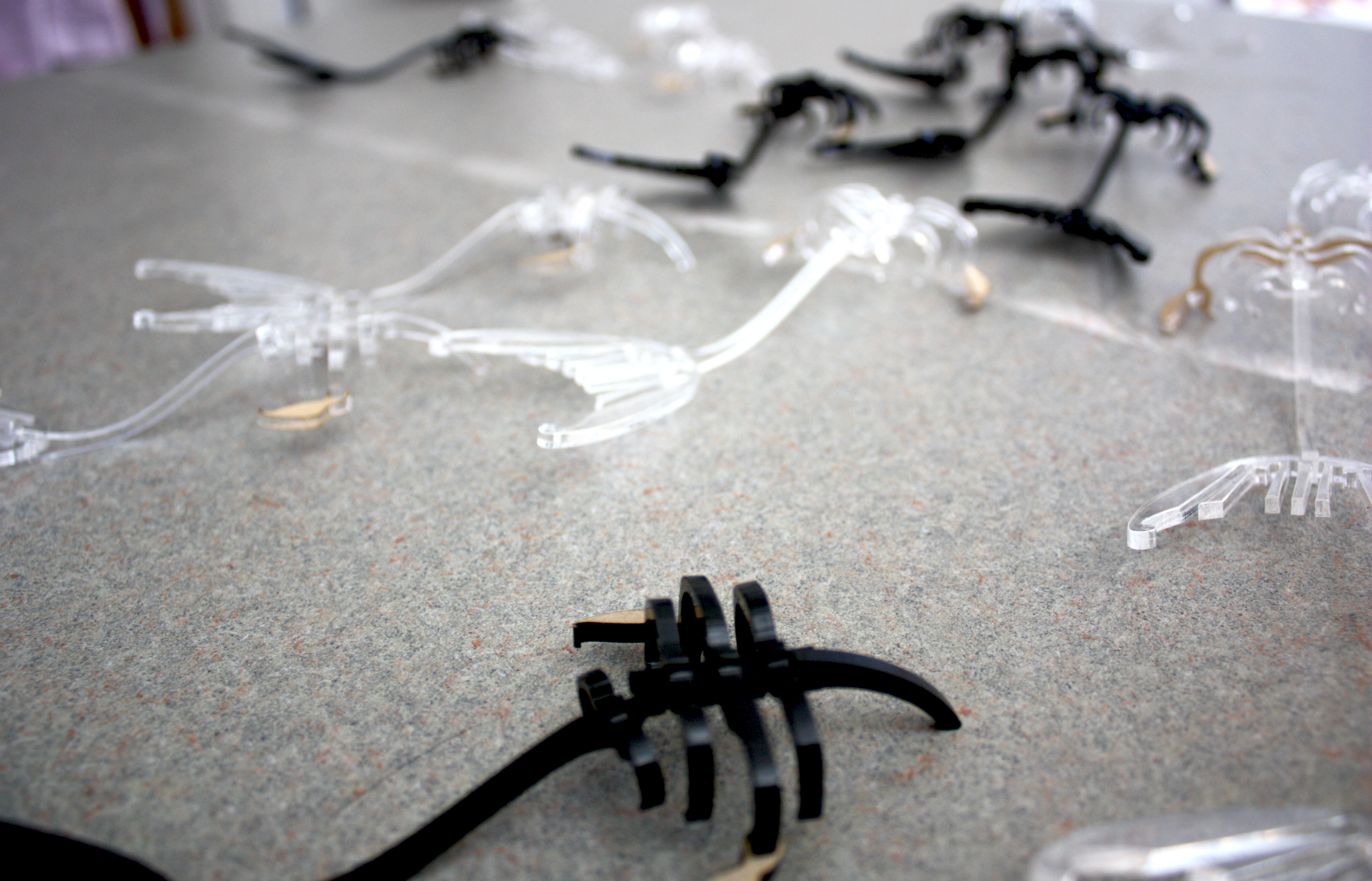
“Building Bones” describes the natural components and behaviors in nature. Every creature is made of millions of little building blocks, often which are much simpler than the organism they create as a whole. Schools of fish swimming together create a parallel example. Each fish comes from a combination of little bones. When they swim together, they confuse predators and protect each other. Components in a creature work together like schools of little fish to function as well.
For my project, I created many variations of bones and pieced together the simple bones to create complex little creatures. Arranged in a fluid pattern, creatures create a larger fish as a whole. In my opinion, “landscapes” can also be alive, non-static, as long as it contains components that contribute the the picture as a whole. The way my bone creaters move together suggest a constantly moving “landscape”, effected by outside forces.
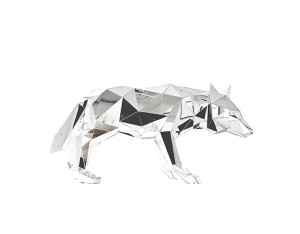
Gregory takes pieces of mirror and cuts them into precise shapes so that he can carefully fit them together to create creatures or objects. “Ideas of wilderness, predatory forces of nature and the wild
form the backbone of my artworks. ” said Gregory. (More…)
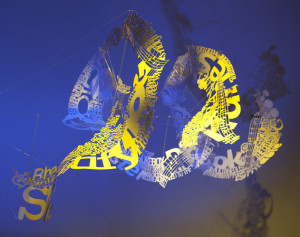
Ebon Heath used laser cutting technology to cut through various papers and create a display of interchanging of words. Then he strings them up into sculptures, chandeliers or extensions of a real human being. Ebon changed the communication with words, which is more audio, into a visual communication. (More…)
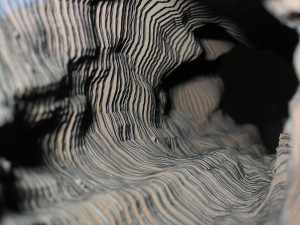
Leander Herzog created these beautiful organic forms through a series of code he created in processing. The generative cardboard cutouts are then stacked together to create these tall mountainous forms. This technique reveals that remarkable landscapes can be created with abstract simple forms. (More…)

